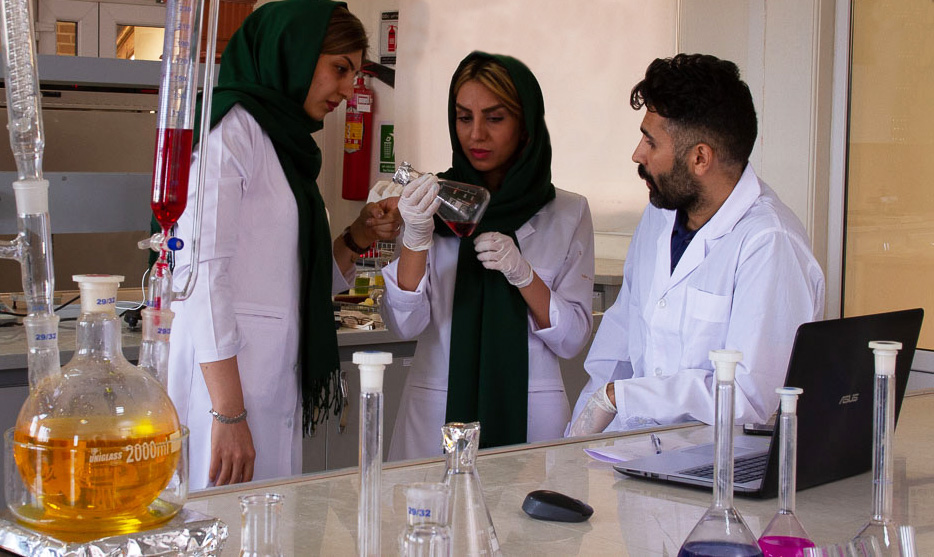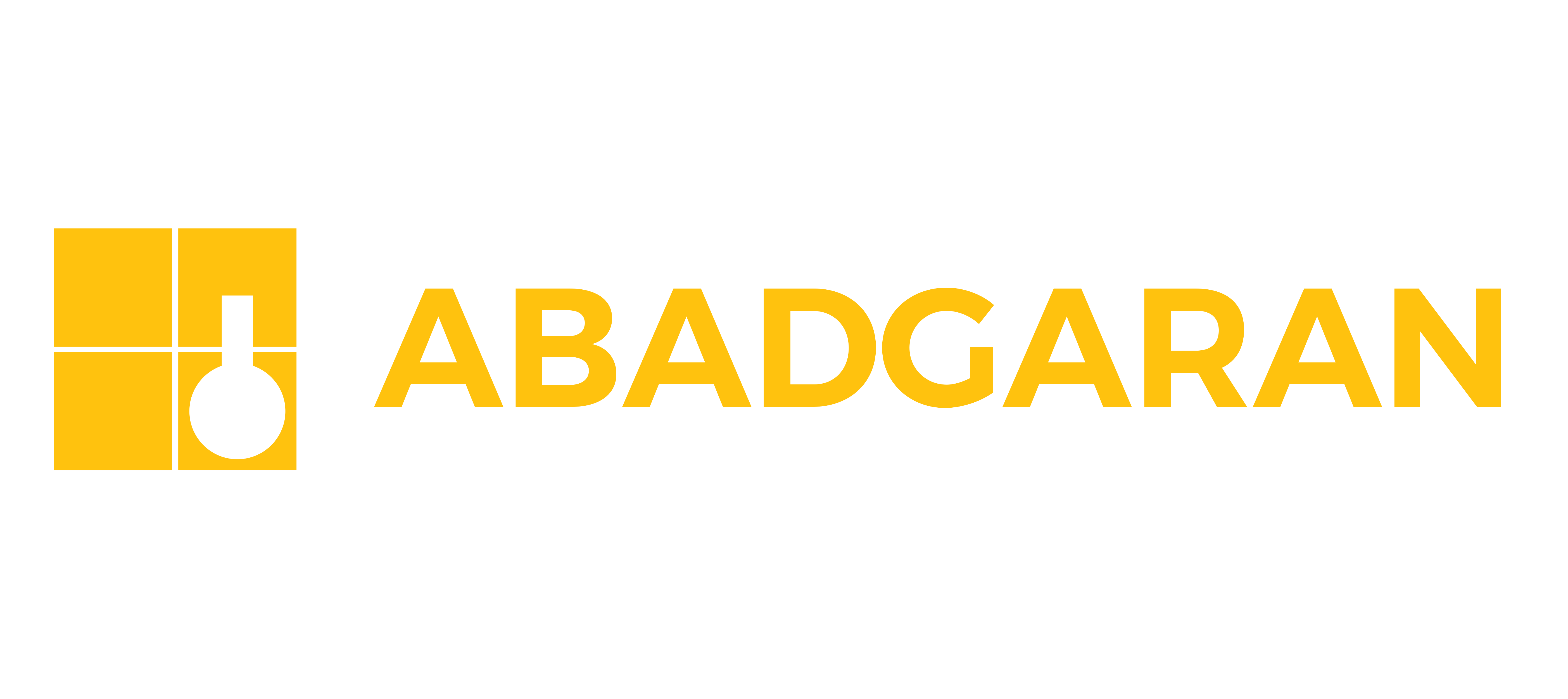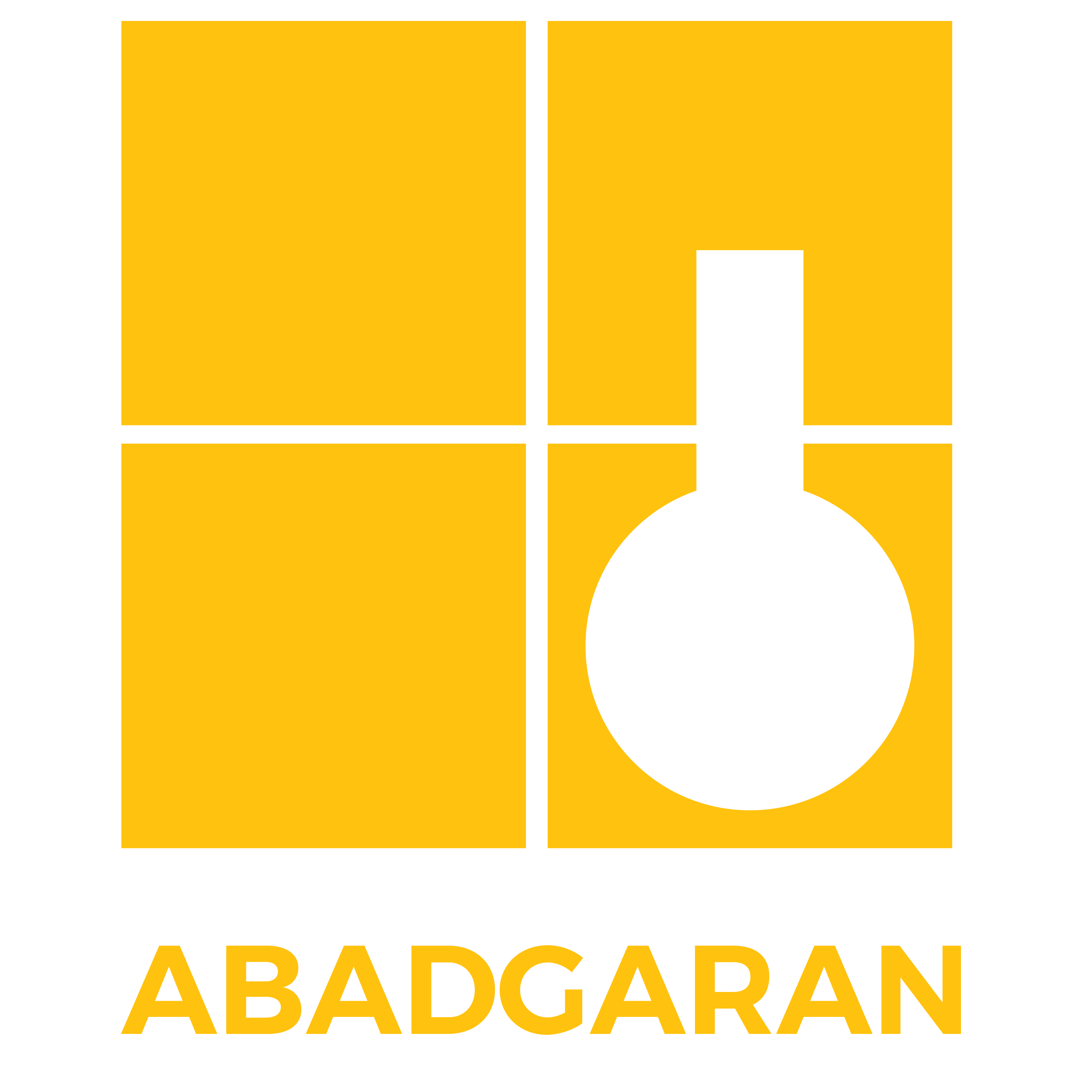Problem-Solving Approaches
There is no single approach to problem-solving in R&D. The choice of approach depends on the type of problem to be solved, the available resources, and the ultimate goals of the project.


Some common approaches include:
- Scientific Method: This method involves observation, hypothesis formulation, experimentation, analysis, and conclusion. Its advantage is its structured and logical nature, but it can be time-consuming and costly.
- Creative Thinking: This approach involves brainstorming, lateral thinking, and mind mapping to find new and innovative solutions. Its advantage is encouraging creativity, but it can be subjective and unstructured.
- Engineering Problem-Solving: This approach includes defining the problem, gathering information, analyzing data, developing solutions, evaluating and selecting solutions, implementation, and monitoring. Its advantage is being practical and result-oriented, but it can be rigid and lacking in creativity.
- Systematic Problem-Solving: This approach considers the entire system and seeks comprehensive solutions. Steps include identifying the system, defining the problem, modeling the system, analyzing the system, designing solutions, implementing solutions, and evaluating solutions. Its advantage is offering more comprehensive solutions, but it can be complex and time-consuming.
- Multidisciplinary Problem-Solving: In the R&D department of Abadgaran Construction Chemical Industries, this approach is applied by gathering information from various disciplines, analyzing information from different perspectives, developing interdisciplinary solutions, and implementing and evaluating these solutions. Our research team consists of individuals from diverse fields, and this characteristic helps us provide more comprehensive solutions by considering multiple perspectives.
Problem-Solving Tools and Techniques
In addition to general approaches, there are various tools and techniques available for solving specific problems in R&D. Some of these tools and techniques include:
- Cause-and-effect analysis: Used to identify the root cause of a problem.
- Process flow diagrams: Used to visualize process steps and identify areas for improvement.
- Design of experiments: Used to plan and conduct experiments for data collection.
- Data analysis: Used to interpret data and identify patterns.
- Risk management: Used to identify, assess, and mitigate risks associated with R&D projects.



![]()


